
¿Cómo nos puede ayudar el Sol a explorar otros planetas?
Solar System & Sun Brightness
4.6
(967 reviews)
Scroll for prep

Please wait…
This video is having trouble loading. You may have lost your Internet connection.
Step 1: Click to Reload this page
Step 2: Click to
Try our other video player
Step 3: Contact your teacher if trouble persists.
Or,
dismiss this message.
CONVERSEMOS:
¿Qué hay en el espacio? Haz una lista de todo lo que se te ocurra.

Please wait…
This video is having trouble loading. You may have lost your Internet connection.
Step 1: Click to Reload this page
Step 2: Click to
Try our other video player
Step 3: Contact your teacher if trouble persists.
Or,
dismiss this message.
CONVERSEMOS:
¿Por qué sería difícil mandar a un humano a otro planeta?

Please wait…
This video is having trouble loading. You may have lost your Internet connection.
Step 1: Click to Reload this page
Step 2: Click to
Try our other video player
Step 3: Contact your teacher if trouble persists.
Or,
dismiss this message.
CONVERSEMOS:
¿Qué podrías usar para cargar una máquina en el espacio?

Please wait…
This video is having trouble loading. You may have lost your Internet connection.
Step 1: Click to Reload this page
Step 2: Click to
Try our other video player
Step 3: Contact your teacher if trouble persists.
Or,
dismiss this message.
CONVERSEMOS:
¿Crees que un panel solar funcionaría en el espacio exterior de la misma manera que funciona aquí en la Tierra?

Please wait…
This video is having trouble loading. You may have lost your Internet connection.
Step 1: Click to Reload this page
Step 2: Click to
Try our other video player
Step 3: Contact your teacher if trouble persists.
Or,
dismiss this message.

Please wait…
This video is having trouble loading. You may have lost your Internet connection.
Step 1: Click to Reload this page
Step 2: Click to
Try our other video player
Step 3: Contact your teacher if trouble persists.
Or,
dismiss this message.
Paso
01/21
01/21
Vas a trabajar con un compañero o compañera.
Decide quién será Cosmo y quién será Cohete.
Decide quién será Cosmo y quién será Cohete.

Please wait…
This video is having trouble loading. You may have lost your Internet connection.
Step 1: Click to Reload this page
Step 2: Click to
Try our other video player
Step 3: Contact your teacher if trouble persists.
Or,
dismiss this message.
Paso
02/21
02/21
Obtén estos materiales. Recibirás otros más adelante.

Please wait…
This video is having trouble loading. You may have lost your Internet connection.
Step 1: Click to Reload this page
Step 2: Click to
Try our other video player
Step 3: Contact your teacher if trouble persists.
Or,
dismiss this message.
Paso
03/21
03/21
Decidan qué nombre le quieren poner a su astromóvil.
Escríbanlo en su hoja de trabajo.
Escríbanlo en su hoja de trabajo.

Please wait…
This video is having trouble loading. You may have lost your Internet connection.
Step 1: Click to Reload this page
Step 2: Click to
Try our other video player
Step 3: Contact your teacher if trouble persists.
Or,
dismiss this message.
Paso
04/21
04/21
Cosmo: Corta a lo largo de las líneas punteadas en la hoja que
tiene las letras de la A a la F en un fondo gris. Cohete: Corta a lo largo
de las líneas punteadas en la hoja que tiene las letras de la G a la K.
tiene las letras de la A a la F en un fondo gris. Cohete: Corta a lo largo
de las líneas punteadas en la hoja que tiene las letras de la G a la K.

Please wait…
This video is having trouble loading. You may have lost your Internet connection.
Step 1: Click to Reload this page
Step 2: Click to
Try our other video player
Step 3: Contact your teacher if trouble persists.
Or,
dismiss this message.
Paso
05/21
05/21
Ambos: Ahora alista tus etiquetas. Quítales la parte de atrás y
pégalas en la orilla de tu escritorio. Haz esto con todas las etiquetas.
pégalas en la orilla de tu escritorio. Haz esto con todas las etiquetas.

Please wait…
This video is having trouble loading. You may have lost your Internet connection.
Step 1: Click to Reload this page
Step 2: Click to
Try our other video player
Step 3: Contact your teacher if trouble persists.
Or,
dismiss this message.
Paso
06/21
06/21
Ambos: Pongan las letras blancas sobre las letras grises.
Pegenlas con una etiqueta. Traten de alinear las letras y de que las
tiras de papel queden derechas.
Pegenlas con una etiqueta. Traten de alinear las letras y de que las
tiras de papel queden derechas.

Please wait…
This video is having trouble loading. You may have lost your Internet connection.
Step 1: Click to Reload this page
Step 2: Click to
Try our other video player
Step 3: Contact your teacher if trouble persists.
Or,
dismiss this message.
Paso
07/21
07/21
Ambos: Unan los dos pedazos de su sistema solar pegando las
letras F. Ahora tienen una tira de papel larga que empieza con el Sol y
termina con el planeta número 8.
letras F. Ahora tienen una tira de papel larga que empieza con el Sol y
termina con el planeta número 8.

Please wait…
This video is having trouble loading. You may have lost your Internet connection.
Step 1: Click to Reload this page
Step 2: Click to
Try our other video player
Step 3: Contact your teacher if trouble persists.
Or,
dismiss this message.
Paso
08/21
08/21
Cuando tu maestro/a te lo indique, ve a tu área de prueba y pon tu
sistema solar en el piso. Asegúrate de que tengas suficiente espacio
para moverte de un lado de tu sistema solar al otro.
sistema solar en el piso. Asegúrate de que tengas suficiente espacio
para moverte de un lado de tu sistema solar al otro.

Please wait…
This video is having trouble loading. You may have lost your Internet connection.
Step 1: Click to Reload this page
Step 2: Click to
Try our other video player
Step 3: Contact your teacher if trouble persists.
Or,
dismiss this message.
Paso
09/21
09/21
Cosmo: Encuentra el planeta #1 en tu hoja de trabajo.
Cohete: Escribe "Mercurio" en la línea debajo del planeta.
Ambos: Hagan esto con los 8 planetas.
Cohete: Escribe "Mercurio" en la línea debajo del planeta.
Ambos: Hagan esto con los 8 planetas.

Please wait…
This video is having trouble loading. You may have lost your Internet connection.
Step 1: Click to Reload this page
Step 2: Click to
Try our other video player
Step 3: Contact your teacher if trouble persists.
Or,
dismiss this message.
Paso
10/21
10/21
Obtén el resto de tus materiales.

Please wait…
This video is having trouble loading. You may have lost your Internet connection.
Step 1: Click to Reload this page
Step 2: Click to
Try our other video player
Step 3: Contact your teacher if trouble persists.
Or,
dismiss this message.
Paso
11/21
11/21
Cosmo: Coloca el astromóvil sobre la Tierra. Cohete: Detén
tu lámpara sobre la línea que dice “el Sol,” y préndela. Ambos: miren la
luz que está brillando sobre su astromóvil. Conversemos:
tu lámpara sobre la línea que dice “el Sol,” y préndela. Ambos: miren la
luz que está brillando sobre su astromóvil. Conversemos:

Please wait…
This video is having trouble loading. You may have lost your Internet connection.
Step 1: Click to Reload this page
Step 2: Click to
Try our other video player
Step 3: Contact your teacher if trouble persists.
Or,
dismiss this message.
Paso
12/21
12/21
Esto fue lo que nosotros pensamos.
Encierra la opción "Brillante" para la Tierra en tu hoja de Prueba de
Luminosidad.
Encierra la opción "Brillante" para la Tierra en tu hoja de Prueba de
Luminosidad.

Please wait…
This video is having trouble loading. You may have lost your Internet connection.
Step 1: Click to Reload this page
Step 2: Click to
Try our other video player
Step 3: Contact your teacher if trouble persists.
Or,
dismiss this message.
Paso
13/21
13/21
Cosmo: Pon tu astromóvil sobre Venus. Cohete: Apunta la
lámpara hacía el astromóvil. Ambos: Platiquen sobre qué tan brillante
se ve la luz del Sol. Hagan lo mismo con el planeta Mercurio.
lámpara hacía el astromóvil. Ambos: Platiquen sobre qué tan brillante
se ve la luz del Sol. Hagan lo mismo con el planeta Mercurio.

Please wait…
This video is having trouble loading. You may have lost your Internet connection.
Step 1: Click to Reload this page
Step 2: Click to
Try our other video player
Step 3: Contact your teacher if trouble persists.
Or,
dismiss this message.
Paso
14/21
14/21
Cambia de responsabilidades con tu compañero/a. Luego, exploren lo
brillante que se ve el Sol desde Marte. Luego repitan el proceso con el
resto de los planetas: Júpiter, Saturno, Urano, y Neptuno.
brillante que se ve el Sol desde Marte. Luego repitan el proceso con el
resto de los planetas: Júpiter, Saturno, Urano, y Neptuno.

Please wait…
This video is having trouble loading. You may have lost your Internet connection.
Step 1: Click to Reload this page
Step 2: Click to
Try our other video player
Step 3: Contact your teacher if trouble persists.
Or,
dismiss this message.
Paso
15/21
15/21
Explora al sistema solar una vez más con tu astromóvil. Conversemos:

Please wait…
This video is having trouble loading. You may have lost your Internet connection.
Step 1: Click to Reload this page
Step 2: Click to
Try our other video player
Step 3: Contact your teacher if trouble persists.
Or,
dismiss this message.
Paso
16/21
16/21
Esto fue lo que nosotros observamos. Entre más cerca estábamos
del Sol, más brillante se veía la luz. Entre más nos alejabamos del Sol,
la luz se veía más tenue.
del Sol, más brillante se veía la luz. Entre más nos alejabamos del Sol,
la luz se veía más tenue.

Please wait…
This video is having trouble loading. You may have lost your Internet connection.
Step 1: Click to Reload this page
Step 2: Click to
Try our other video player
Step 3: Contact your teacher if trouble persists.
Or,
dismiss this message.
Paso
17/21
17/21
En tu hoja de Prueba de luminosidad, tacha los nombres de los
planetas donde dijiste que la luz del Sol era "muy apenas visible."
planetas donde dijiste que la luz del Sol era "muy apenas visible."

Please wait…
This video is having trouble loading. You may have lost your Internet connection.
Step 1: Click to Reload this page
Step 2: Click to
Try our other video player
Step 3: Contact your teacher if trouble persists.
Or,
dismiss this message.
Paso
18/21
18/21
Llévate todos tus materiales a tu escritorio.

Please wait…
This video is having trouble loading. You may have lost your Internet connection.
Step 1: Click to Reload this page
Step 2: Click to
Try our other video player
Step 3: Contact your teacher if trouble persists.
Or,
dismiss this message.

Please wait…
This video is having trouble loading. You may have lost your Internet connection.
Step 1: Click to Reload this page
Step 2: Click to
Try our other video player
Step 3: Contact your teacher if trouble persists.
Or,
dismiss this message.
Paso
19/21
19/21
Escribe cuánto dura una noche en cada planeta en el área para
"más datos" en tu hoja de trabajo.
"más datos" en tu hoja de trabajo.

Please wait…
This video is having trouble loading. You may have lost your Internet connection.
Step 1: Click to Reload this page
Step 2: Click to
Try our other video player
Step 3: Contact your teacher if trouble persists.
Or,
dismiss this message.
Paso
20/21
20/21
Conversemos:

Please wait…
This video is having trouble loading. You may have lost your Internet connection.
Step 1: Click to Reload this page
Step 2: Click to
Try our other video player
Step 3: Contact your teacher if trouble persists.
Or,
dismiss this message.
Paso
21/21
21/21
Platica con tu compañero/a y decidan a qué planeta quieren mandar
su astromóvil que funciona con energía solar. Contesta las preguntas
en la parte de abajo de tu hoja de trabajo.
su astromóvil que funciona con energía solar. Contesta las preguntas
en la parte de abajo de tu hoja de trabajo.

Please wait…
This video is having trouble loading. You may have lost your Internet connection.
Step 1: Click to Reload this page
Step 2: Click to
Try our other video player
Step 3: Contact your teacher if trouble persists.
Or,
dismiss this message.
CONVERSEMOS:
¿Qué otro tipo de cosas sería bueno saber sobre un planeta antes de mandar a un astromóvil ahí?

Please wait…
This video is having trouble loading. You may have lost your Internet connection.
Step 1: Click to Reload this page
Step 2: Click to
Try our other video player
Step 3: Contact your teacher if trouble persists.
Or,
dismiss this message.
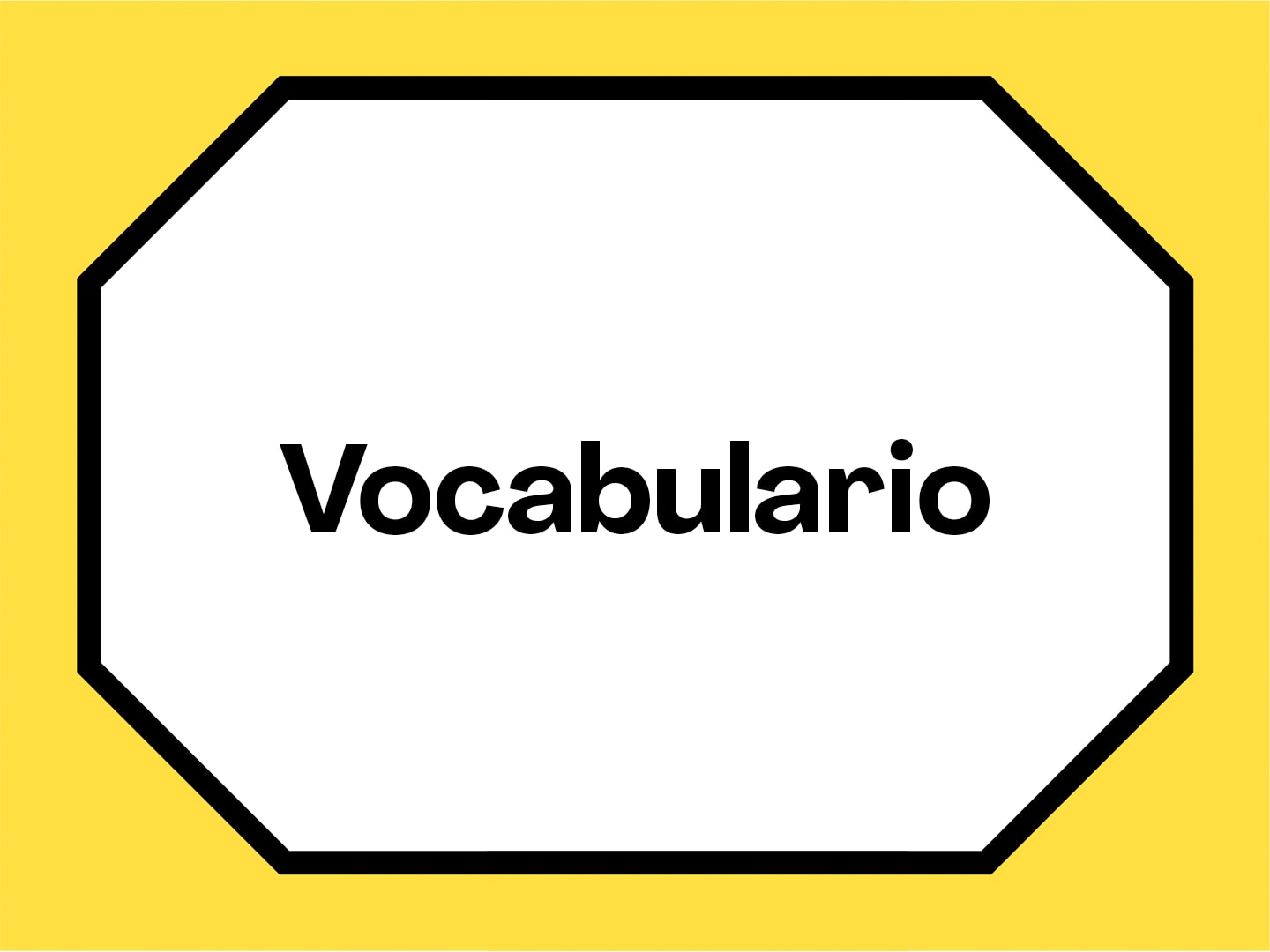

planeta
1 de 17
un objeto grande y redondo que orbita una estrella en el espacio exterior

Please wait…
This video is having trouble loading. You may have lost your Internet connection.
Step 1: Click to Reload this page
Step 2: Click to
Try our other video player
Step 3: Contact your teacher if trouble persists.
Or,
dismiss this message.
orbitar
2 de 17
moverse en forma circular alrededor de un objeto, como lo hace la Tierra alrededor del Sol
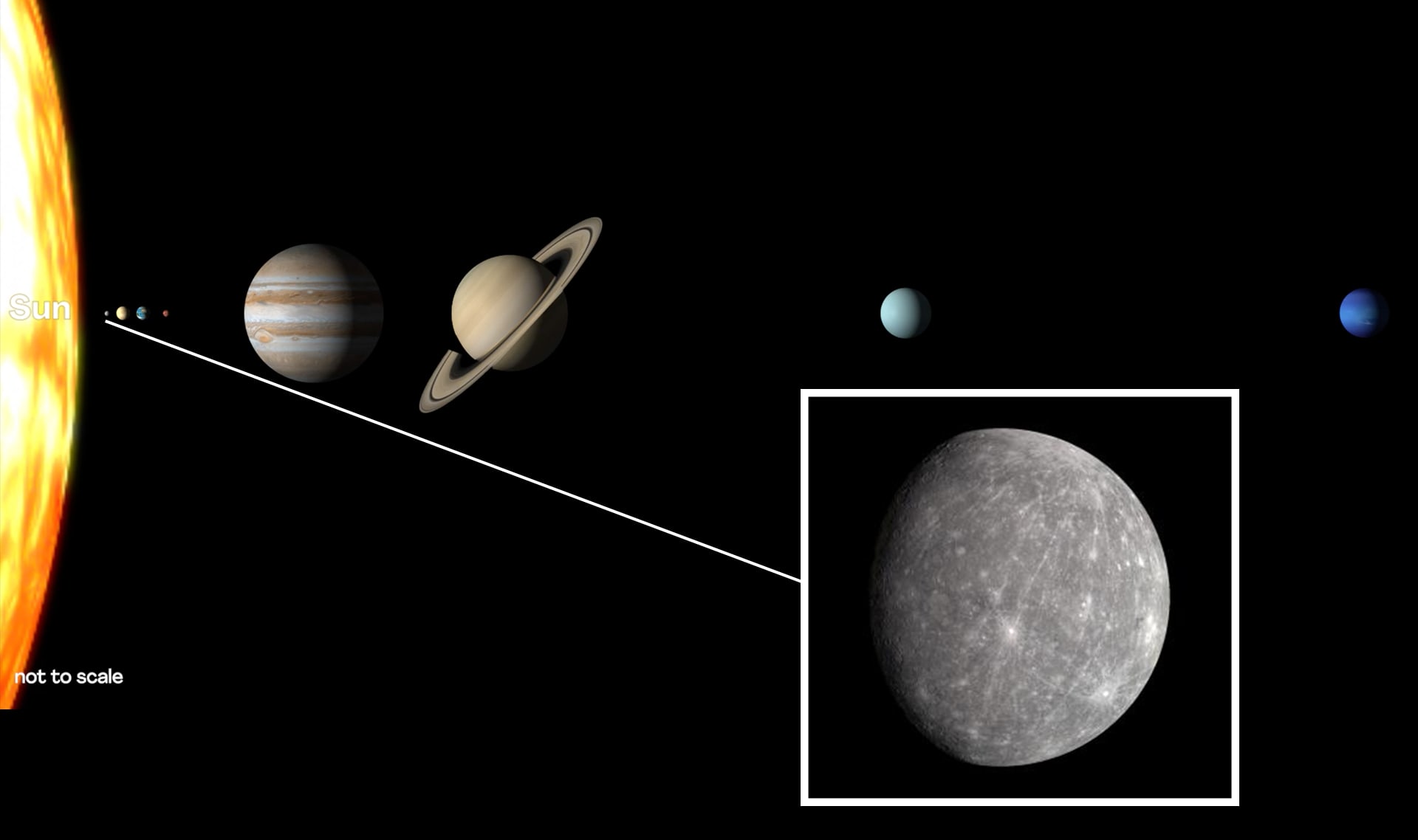
Mercurio
3 de 17
el primer planeta desde el Sol en nuestro sistema solar
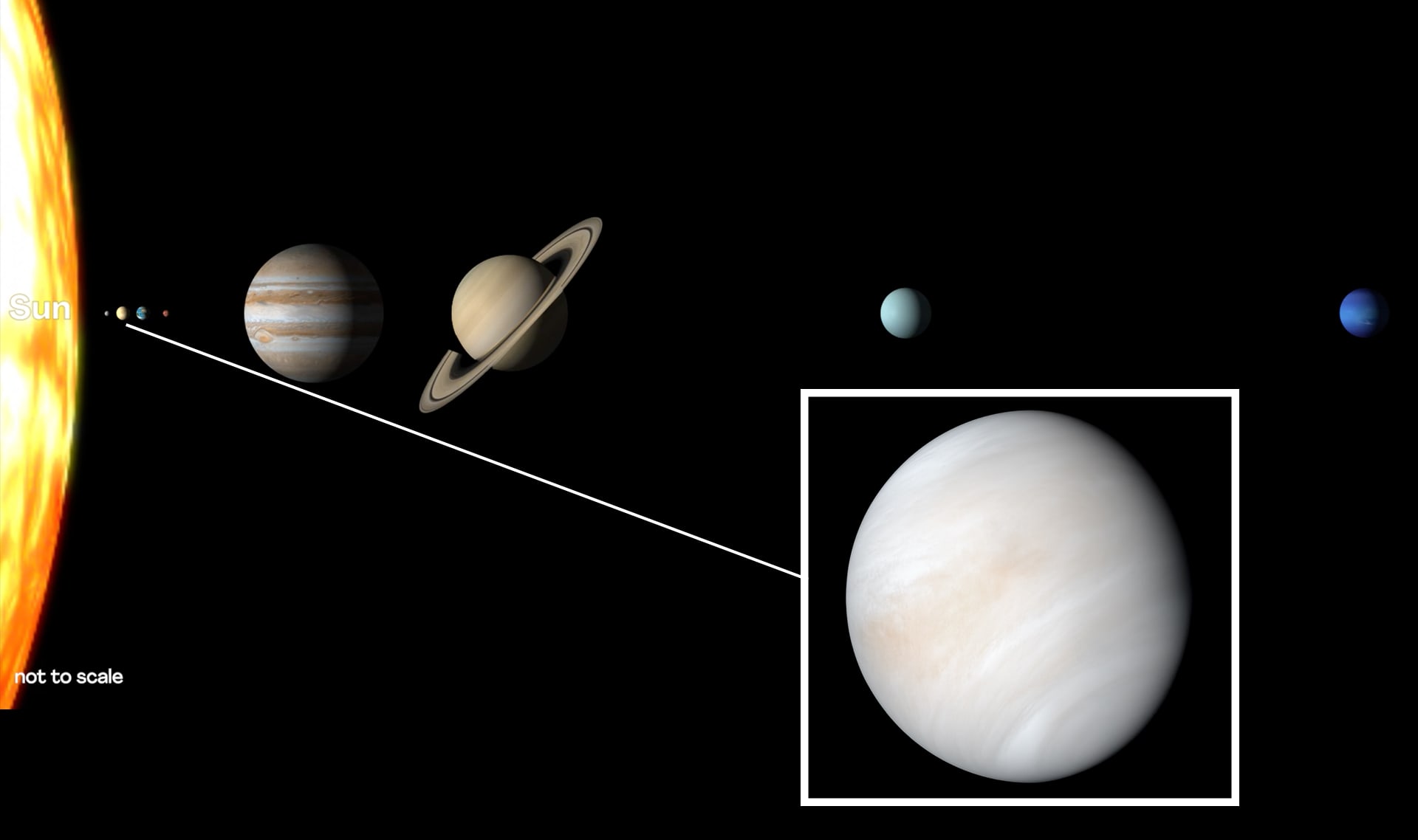
Venus
4 de 17
el segundo planeta desde el Sol en nuestro sistema solar
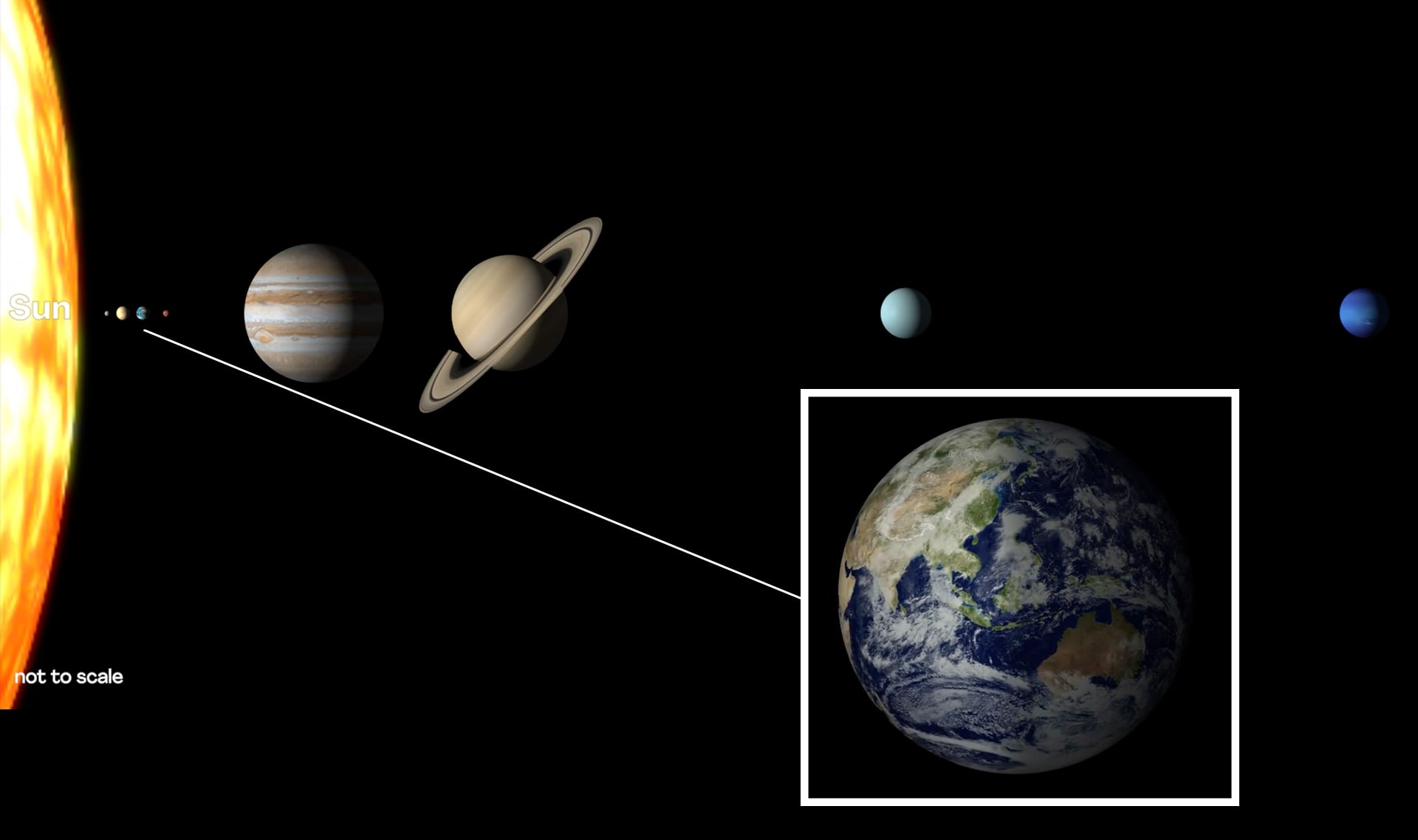
Tierra
5 de 17
el tercer planeta desde el Sol en nuestro sistema solar
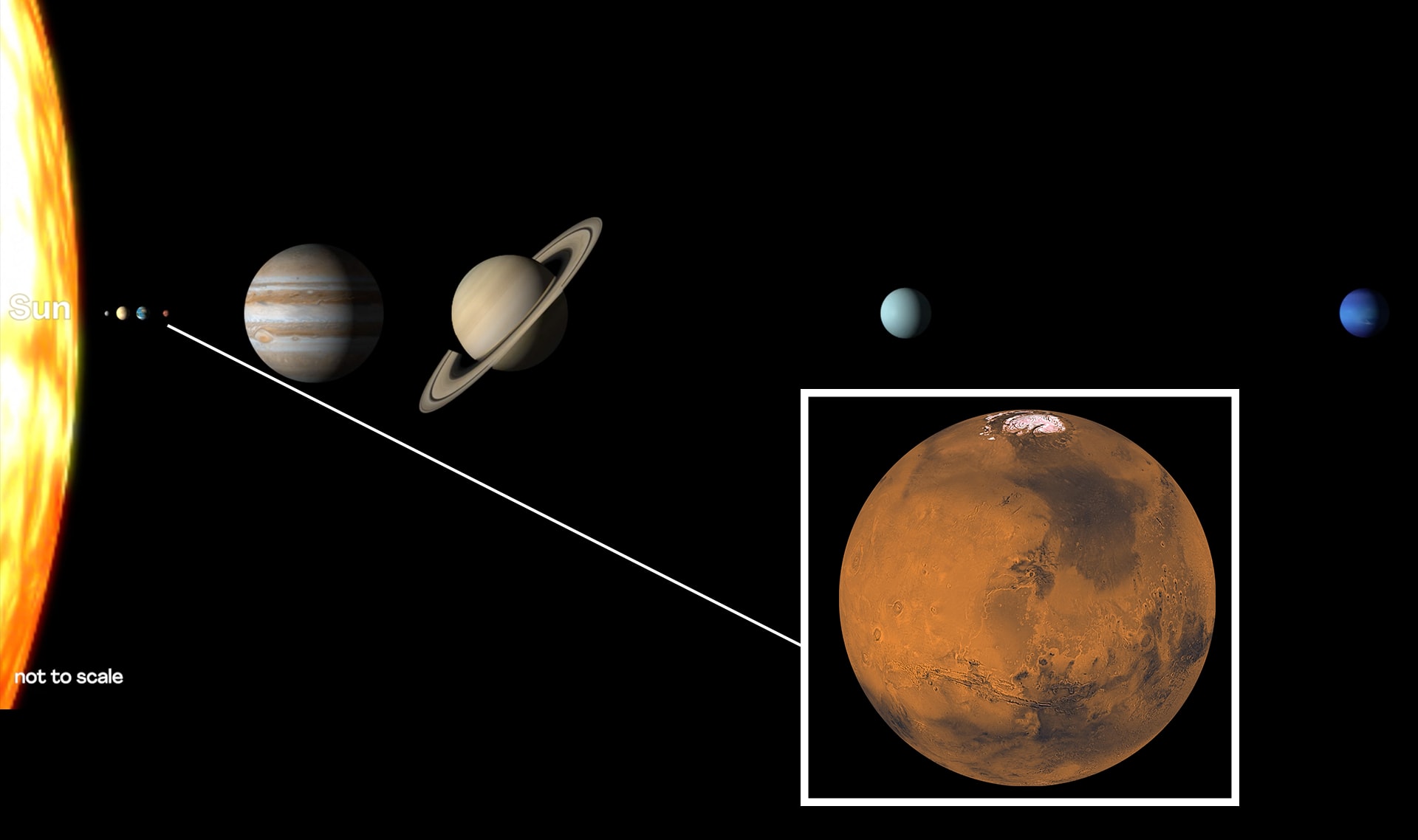
Marte
6 de 17
el cuarto planeta desde el Sol en nuestro sistema solar
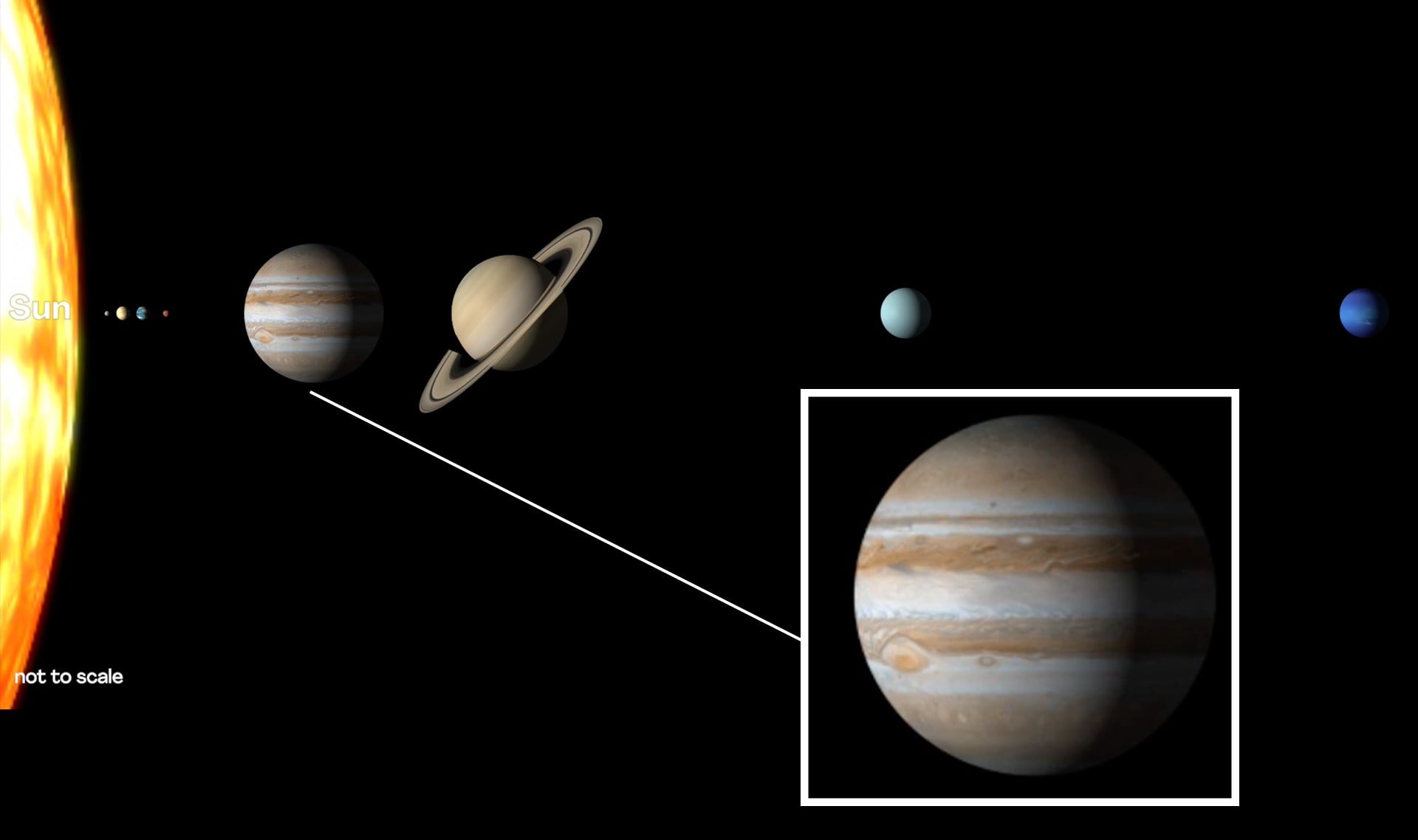
Júpiter
7 de 17
el quinto planeta desde el Sol en nuestro sistema solar
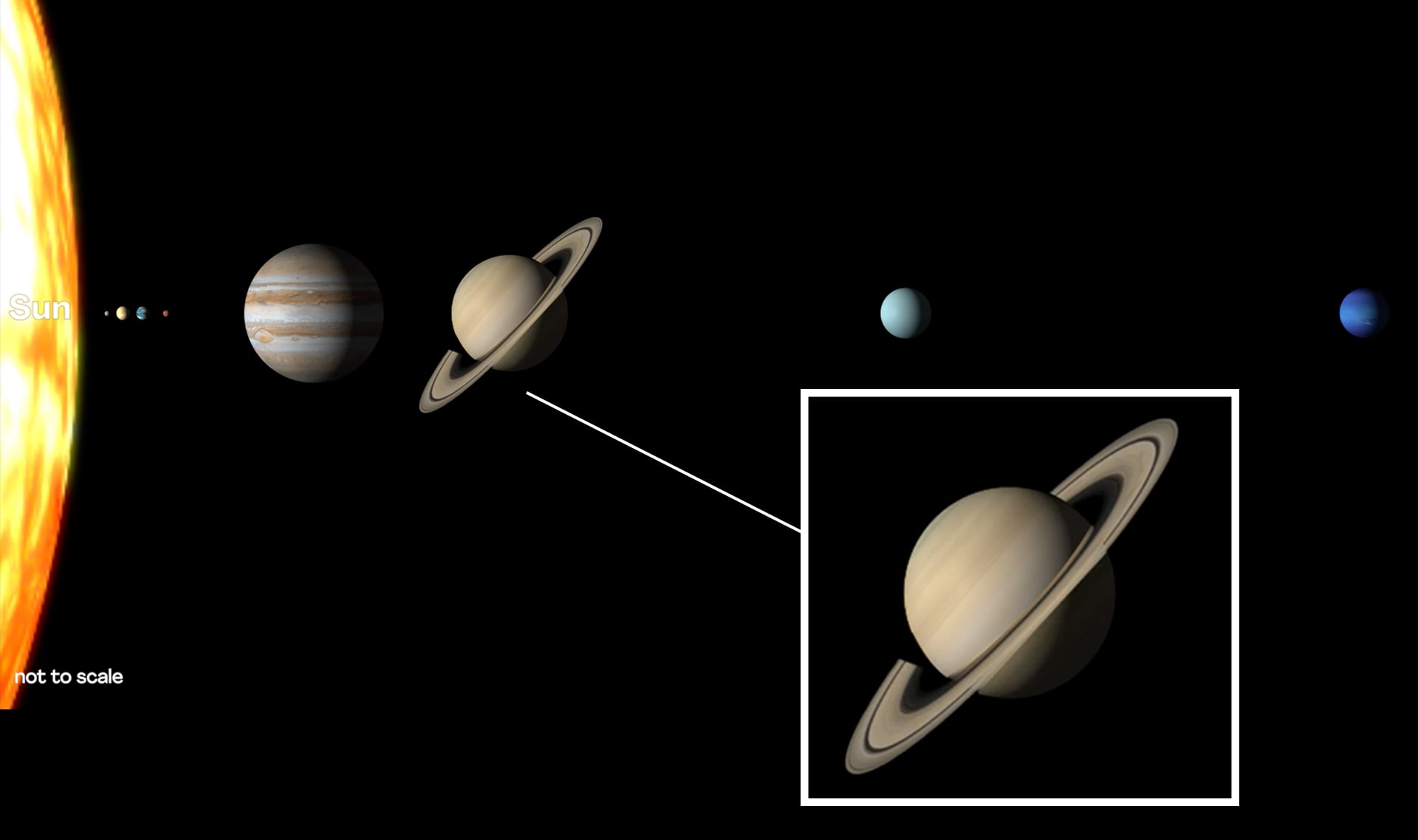
Saturno
8 de 17
el sexto planeta desde el Sol en nuestro sistema solar
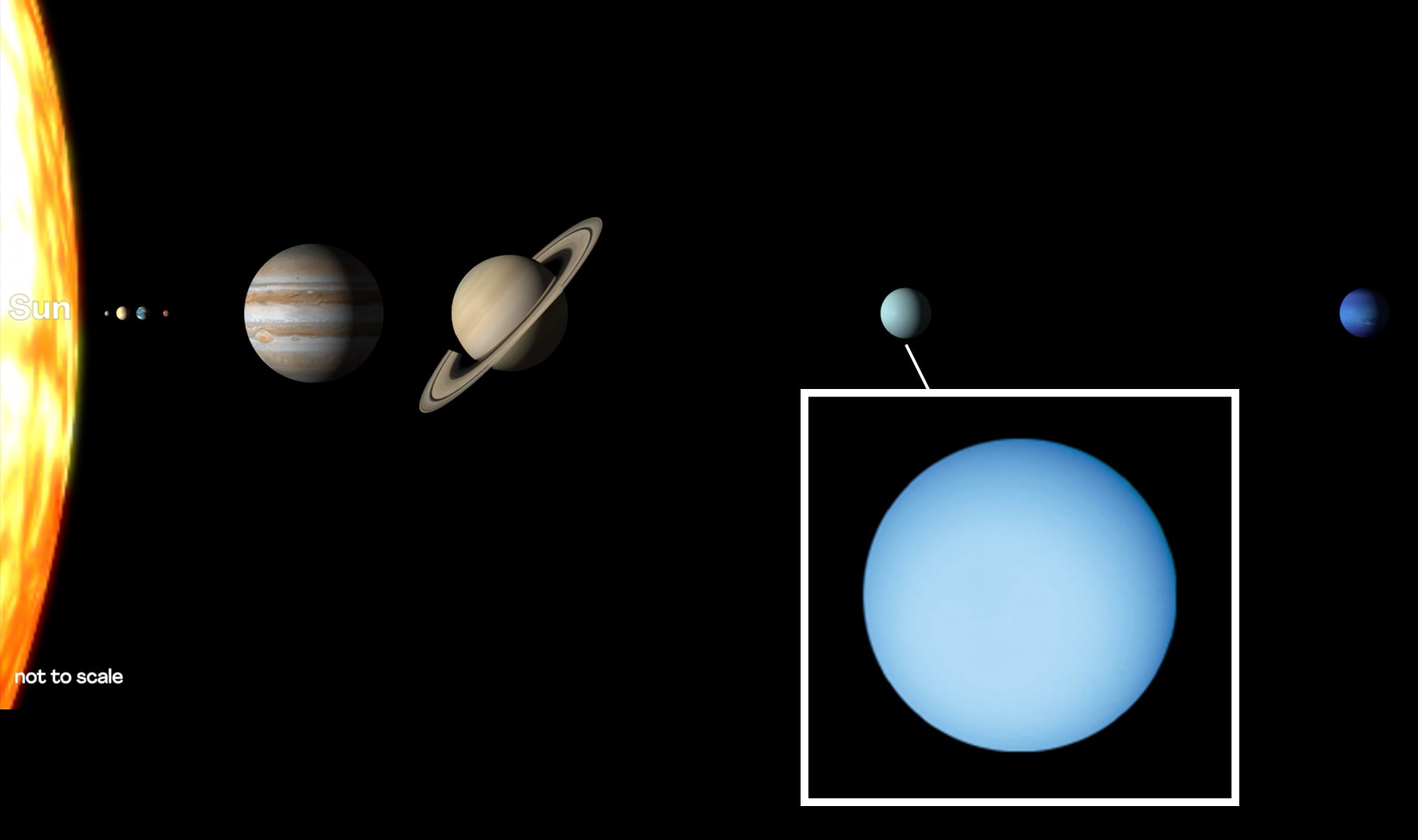
Urano
9 de 17
el séptimo planeta desde el Sol en nuestro sistema solar
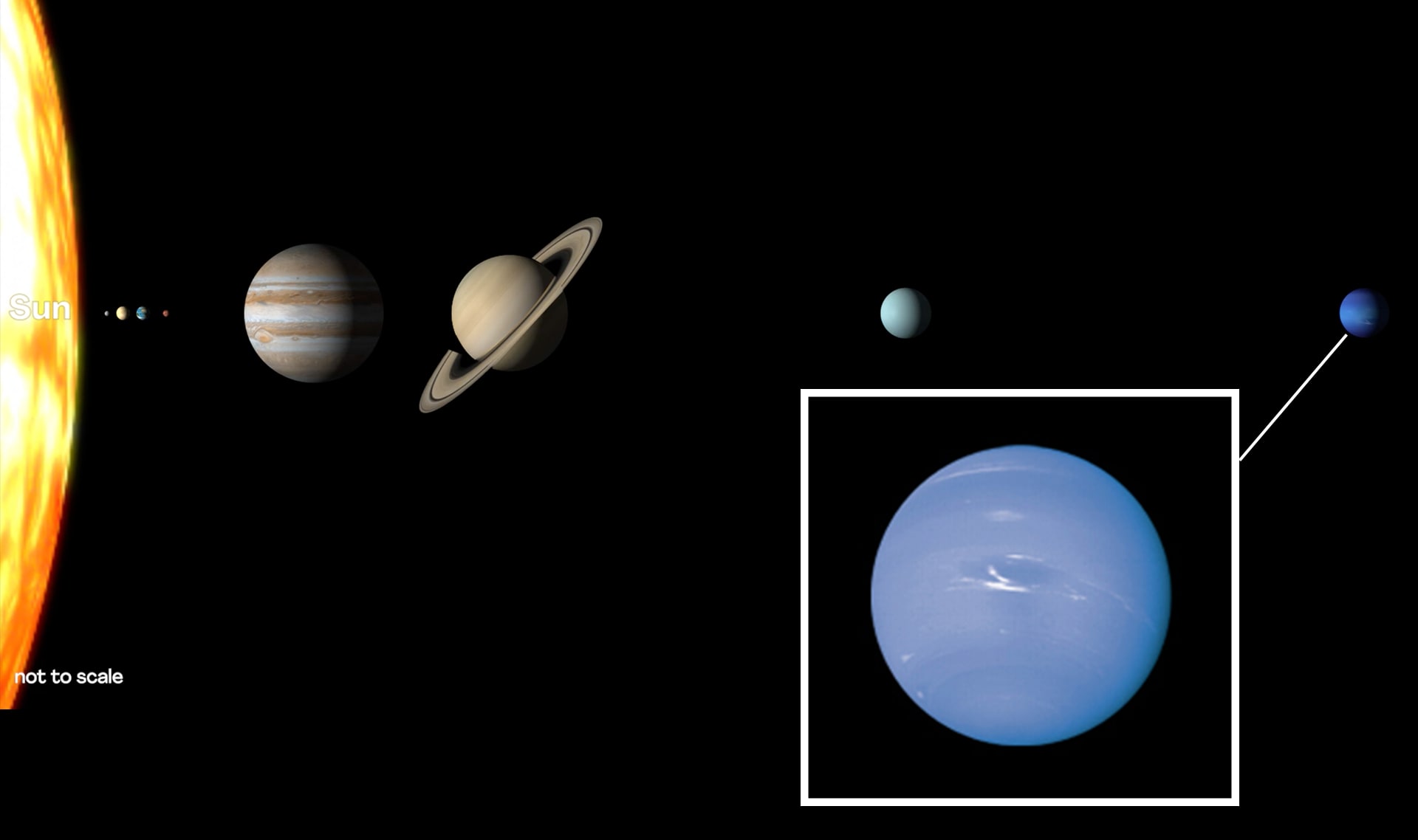
Neptuno
10 de 17
el octavo planeta desde el Sol en nuestro sistema solar

Please wait…
This video is having trouble loading. You may have lost your Internet connection.
Step 1: Click to Reload this page
Step 2: Click to
Try our other video player
Step 3: Contact your teacher if trouble persists.
Or,
dismiss this message.
sistema solar
11 de 17
el conjunto de todos los planetas y otros objetos que orbitan una estrella

Please wait…
This video is having trouble loading. You may have lost your Internet connection.
Step 1: Click to Reload this page
Step 2: Click to
Try our other video player
Step 3: Contact your teacher if trouble persists.
Or,
dismiss this message.
modelo
12 de 17
una versión de mentiras de algo que los científicos usan cuando la cosa de verdad es algo demasiado grande, pequeño, o complicado para poder usarlo en sus estudios

distancia
13 de 17
la cantidad de espacio entre dos cosas
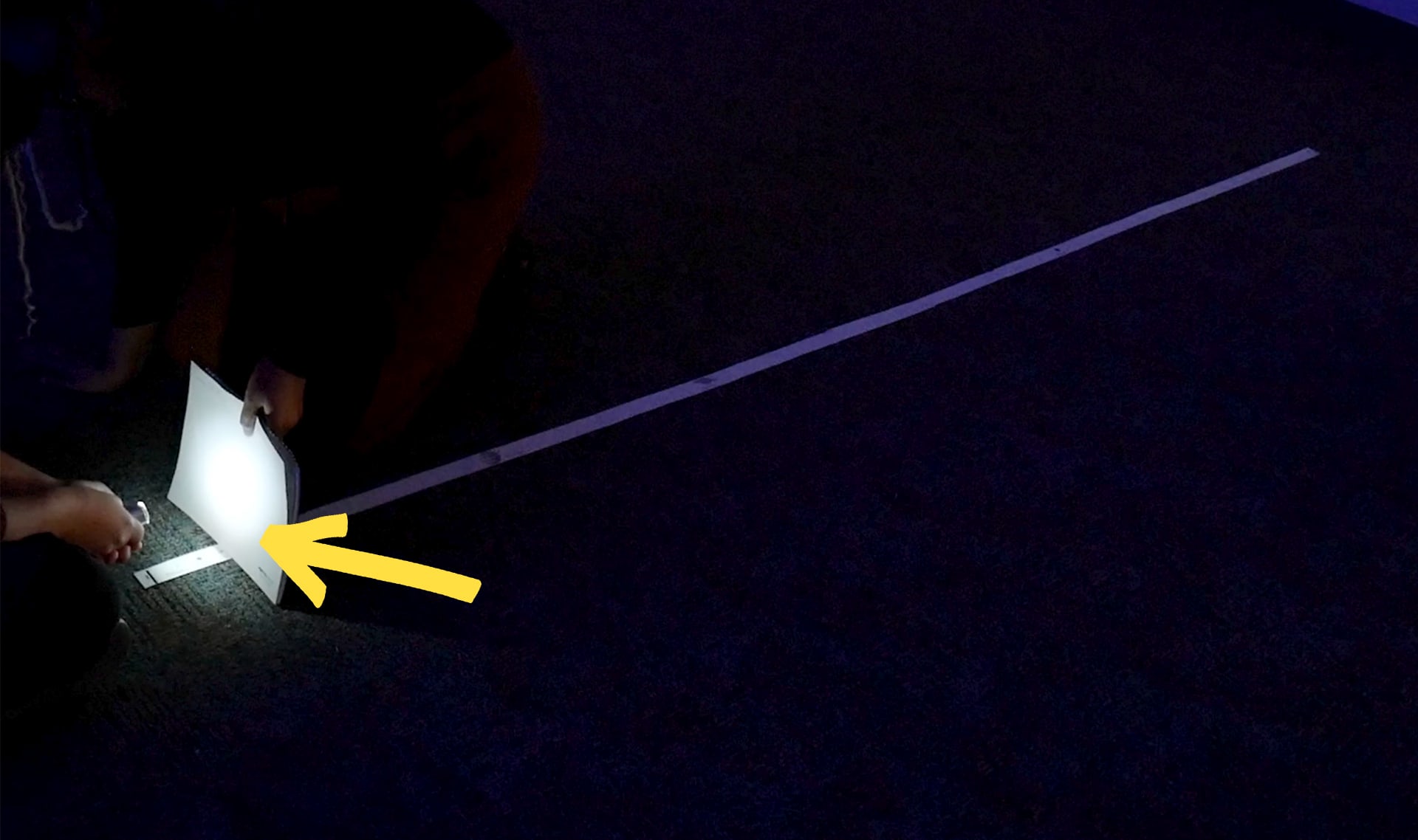
luminoso
14 de 17
cuando hay mucha luz, lo contrario de tenue
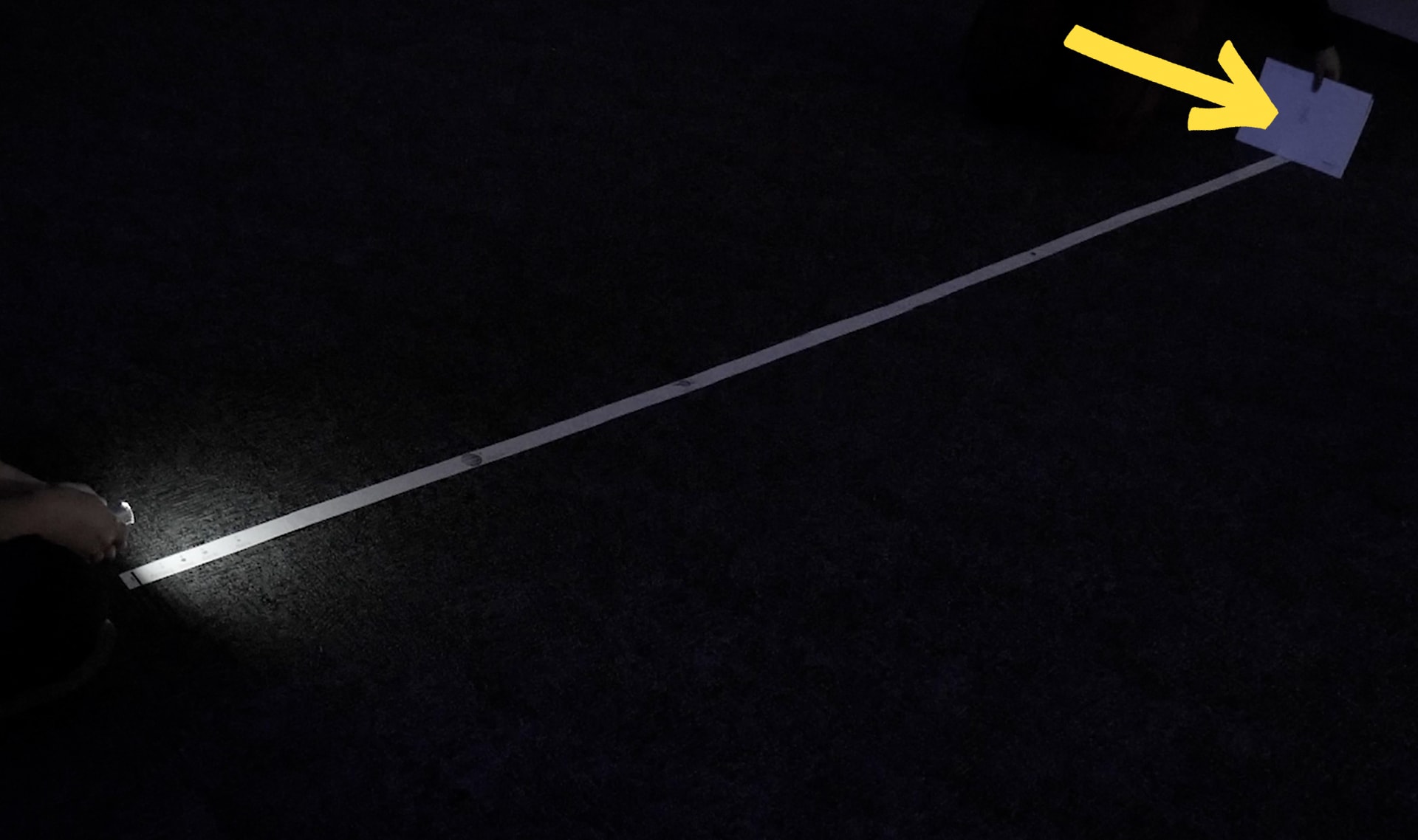
tenue
15 de 17
cuando no hay mucha luz, lo contrario de luminoso

Please wait…
This video is having trouble loading. You may have lost your Internet connection.
Step 1: Click to Reload this page
Step 2: Click to
Try our other video player
Step 3: Contact your teacher if trouble persists.
Or,
dismiss this message.
energía solar
16 de 17
energía que proviene del Sol que puede calentar cosas y puede ser usada para crear electricidad; es un recurso renovable

panel solar
17 de 17
panel que absorbe luz solar y puede almacenar su energía para usarla después


